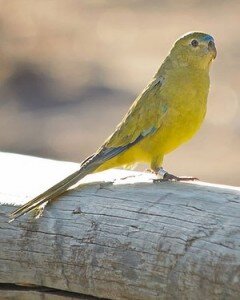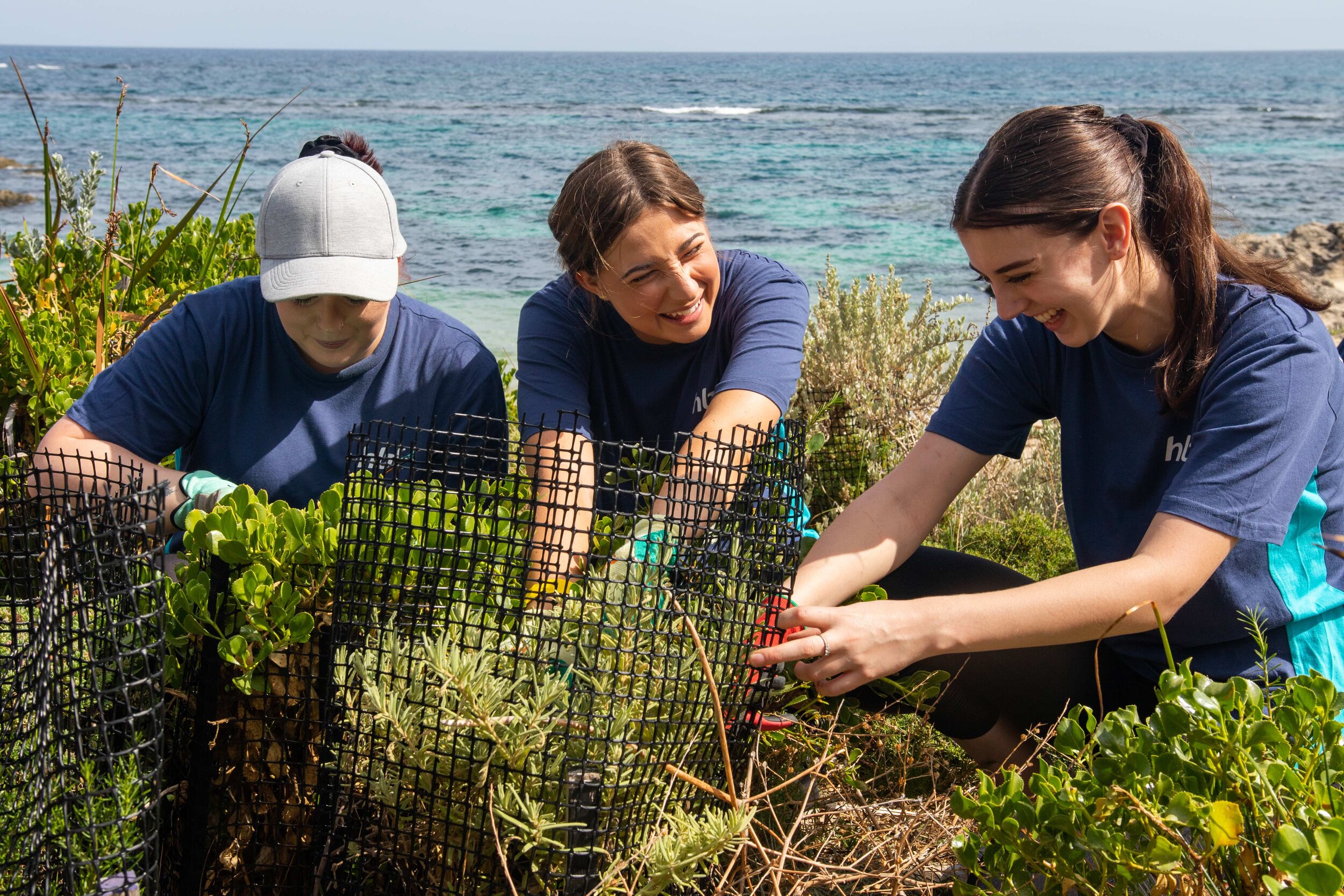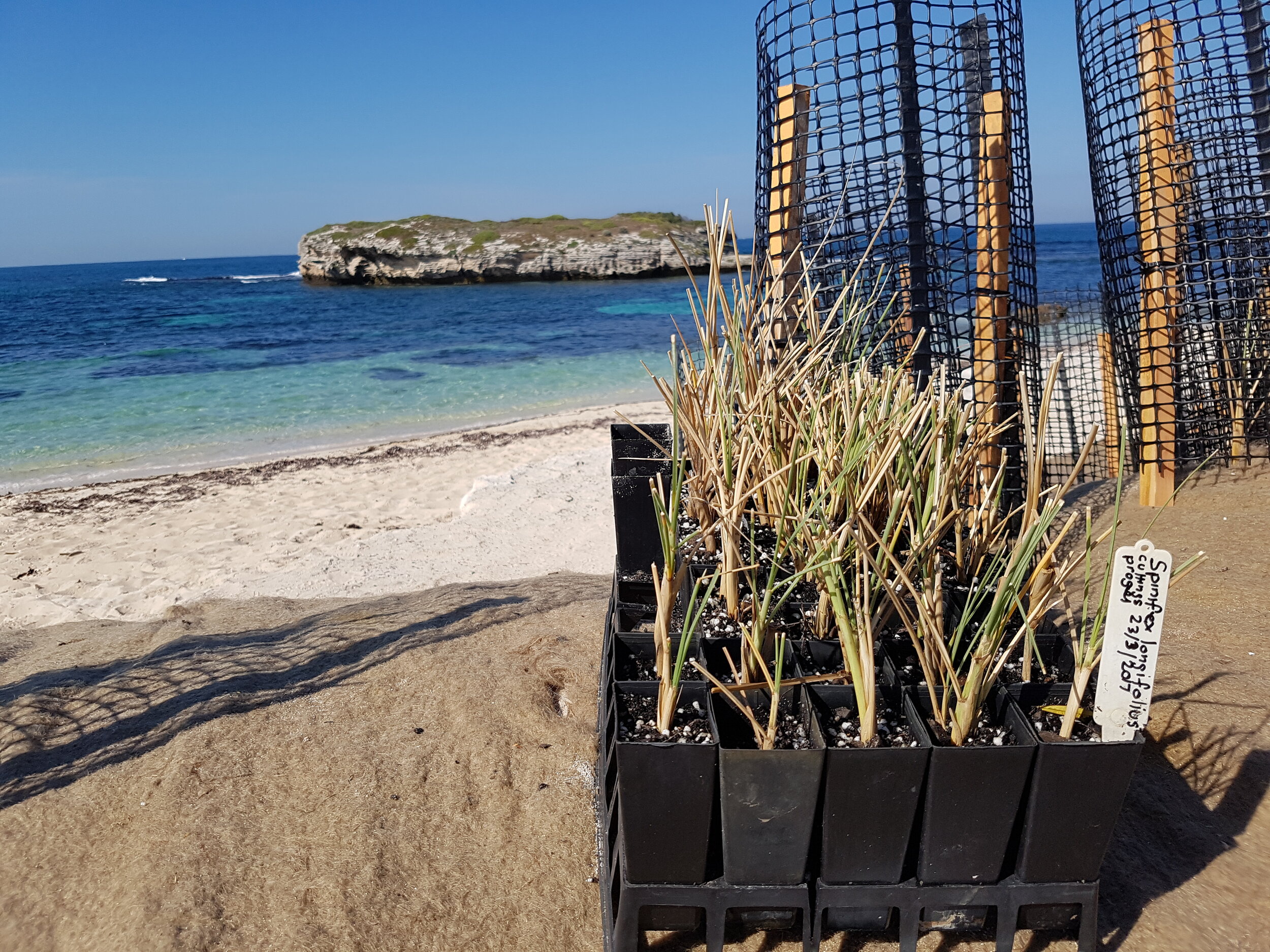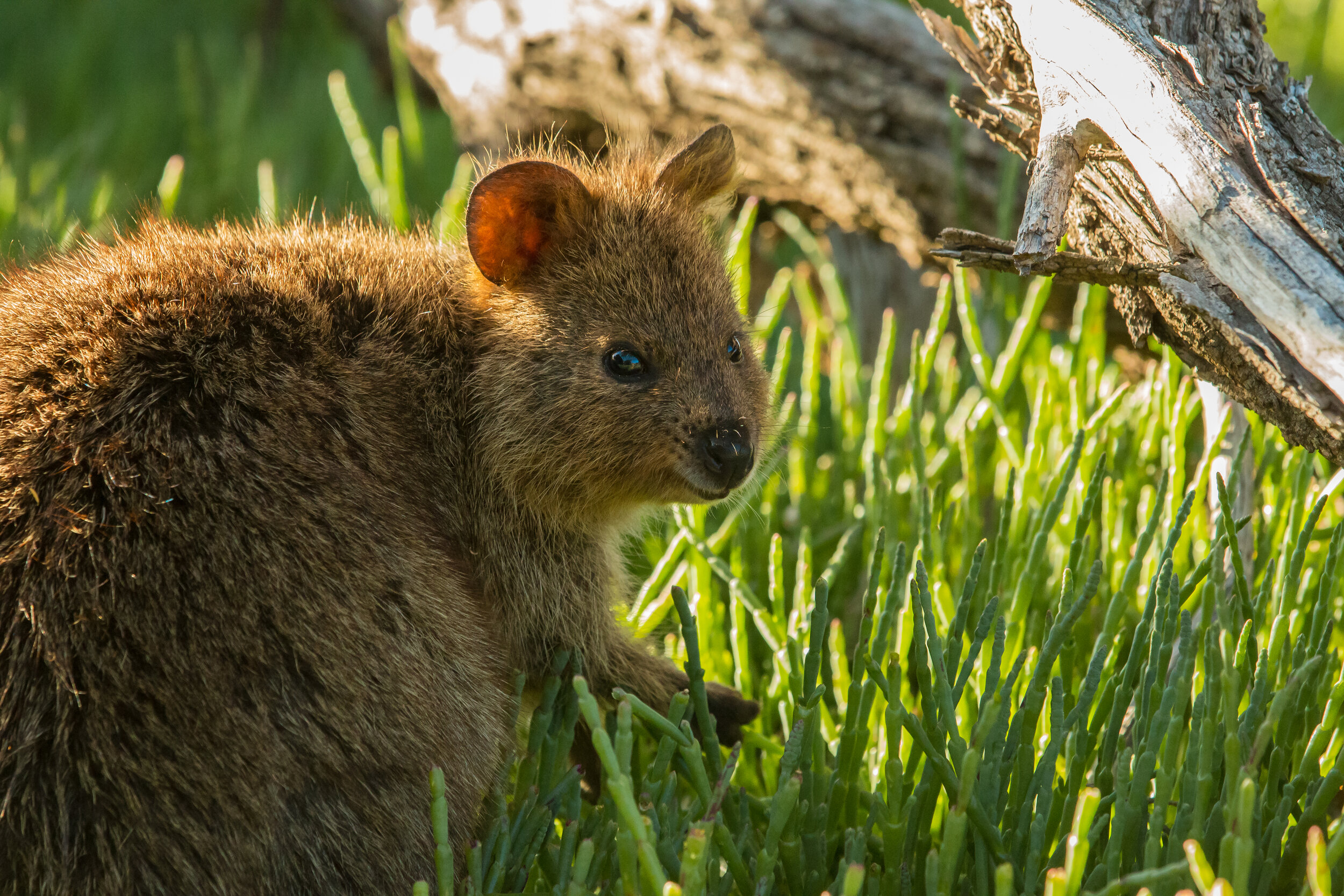Rottnest Island Woodland Management Plan
The Rottnest Foundation is committed to supporting the implementation of the Rottnest Island Woodland Management Plan which aims to propagate and plant up to 5,000 seedlings per year to improve the habitat for unique and threatened bird-life, reptiles and fauna.
Delivery of the plan will enhance and expand the ‘Woodland’ habitat on Rottnest Island and provide opportunities for the corporate sector and the Western Australian community to engage and contribute to the conservation of Rottnest Island.
The Rottnest Foundation recently partnered with HBF to undertake tree-guard removal at Little Armstrong and Porpoise Bays. Tree-guards are integral to the survival of the young seedlings, protecting them from quokka grazing. The guards then need to be removed to allow the established plants to mature. This is an important job and the HBF Team
Contact the Rottnest Foundation for corporate partnership opportunities.
There are opportunities for sponsorship, volunteer engagement and the chance for the general public to support the project throughout the implementation of the plan.
Excerpt from the Woodland Management Plan:
The terrestrial environment on Rottnest Island has substantially changed since European Settlement, particularly due to the significant removal of woodland habitat. The remaining woodland provides key habitat for quokkas, bush-birds and reptiles. It contains a threatened ecological community listed as “vulnerable” in Western Australia. Visitor experience is enhanced by the woodland through active recreation (walk trails & bike riding), passive recreation (bird-watching), visual amenity and the provision of shade and shelter. It also holds considerable interest to the scientific community, providing unique research and education opportunities. The protection and enhancement of the Island’s woodland is critical for conservation and recreation.
Quokkas graze heavily on seedlings, preventing woodland tree species from establishing through natural recruitment. this means there is a limited succession of younger plants needed to replace older trees and prevent woodlands from dying out. Intervention is required to enhance the long-term resilience of the woodland community to continue to provide important fauna habitat and optimise visitor experience.





